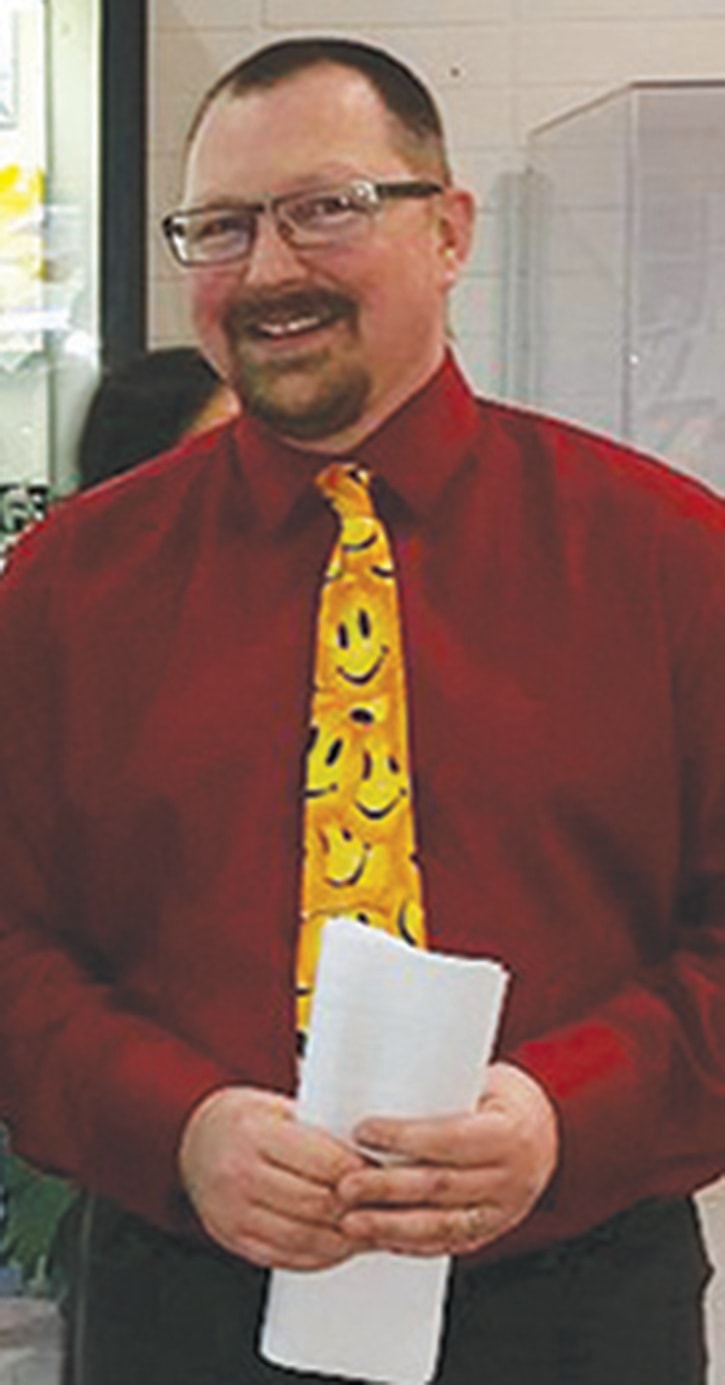After winning a landmark decision in Supreme Court on Nov. 10, the British Columbia Teacher’s Federation (BCTF) is excited to see some changes made to the public education system.
“We were blown away (by the decision)” said Vancouver Island North Teachers’ Association President Shawn Gough.
“We weren’t expecting to hear anything until March, April, or even May. Generally speaking, the Supreme Court takes five-six months to make a decision,” Gough said.
“For them to come back and give a ruling half an hour after they’d heard the final arguments is really rare. I don’t think anyone was expecting that,” he said.
“Sometimes what happens is the justices will leave after the conclusion of the arguments and then come back and ask more questions. They didn’t. They just came back and said ‘we’re granting it’. It was a 7-2 decision in favour of the BCTF.”
It was 15 years ago that then education minister, Christy Clark, instructed the removal of all language dealing with class size and class composition from the 60 local collective agreements.
The courts ruled three different times in favour of the BCTF, including the most recent Nov. 10 ruling, that those strips were unconstitutional and that the government did not consult or negotiate fairly with the union. The government was also found guilty of trying to provoke a teachers’ strike.
Clark’s reasoning for stripping the contracts in the first place?
“In 2002, the Liberal government had a philosophical difference with the previous NDP government, which had actually entrenched some class size and class composition language into the collective agreements,” said Gough.
He added that it was “something we’d been trying to get into our contracts for a long period of time. Teachers had given up salary in exchange for class size and class composition language, particularly here.”
The six-week teachers’ strike in 1993 was due to the teachers wanting class size and class composition language added into the collective agreement, which they eventually ended up getting after a very hard fight.
“The Liberals said that language hampers us too much, it doesn’t give us any flexibility for class size and class composition, which we now see 15 years later was the first major attempt to under fund our public education system,” said Gough.
He added that they “had an immediate increase in class sizes, and we started to lose a lot of the extra programming that we had. After 2002, we lost all the band programs, we lost the journalism programs, we lost the media arts programs. It’s just been whittled away, and part of that is because we have declining enrolment as well, but that doesn’t account for everything. We’ve also lost a lot of teachers over the last 15 years (due to the contract issues).”
When asked what kind of changes will be seen to School District 85, Gough confirmed it basically breaks down to more teachers being hired with smaller classroom sizes, which ultimately means more one-on-one time with the students.
“If my numbers are right, we’re looking at somewhere in the neighbourhood of 17 more teachers in the Vancouver Island North School District,” stated Gough.
He explained that currently shop classes at the high schools are designed for 16 students, “but we’ve been putting 32 kids in there. Science labs are the same, they were basically designed for 24 students, but we had 30 kids in there. Both sides right now, provincially, have agreed that we are looking at the changes being made for the second semester.”
When asked what kind of message the BCTF has for parents and students here on the North Island, Gough was quick to let them know that they are “super excited about having more resources added into our schools. My own kids have gone through their entire education system not knowing what it would be like to learn in a fully-funded education system - they’ve never had the supports that were available when I was in school, or even when I started teaching (in 1994). And now we’re just looking forward to the opportunity to get these resources back into the schools so that we can help our kids.”
Gough took a deep breath and added “we do have a good education system, but just imagine what it would be like if we hadn’t gone through all of these cuts. Where would we be now?”
